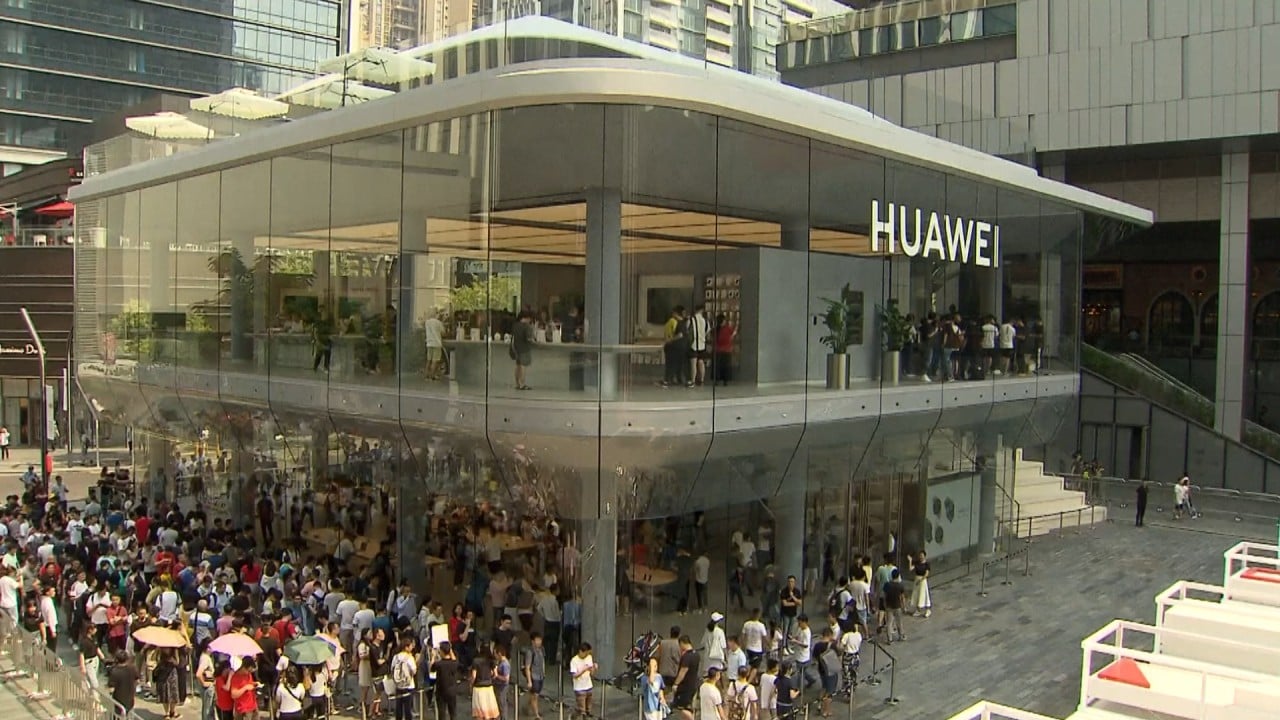
Huawei wrests crown of world’s biggest smartphone vendor from Samsung on strong China sales
- Shenzhen-based Huawei shipped 55.8 million Android smartphones in the second quarter, edging out Samsung’s 53.7 million total tally in the same period
- It marked the first quarter in nine years that a company other than Samsung or Apple has led the global smartphone market
Huawei Technologies has overtaken Samsung Electronics for the first time in global smartphone shipments, driven by increased demand in China as the world’s second-largest economy recovers from disruptions caused by the coronavirus pandemic.
“This is a remarkable result that few people would have predicted a year ago,” said Canalys senior analyst Ben Stanton in the report. “If it wasn’t for Covid-19, it wouldn’t have happened. Huawei has taken full advantage of the Chinese economic recovery to reignite its smartphone business.”
Stanton indicated that Samsung, which has a less than 1 per cent share in China, “has seen its core markets, such as Brazil, India, the United States and Europe, ravaged by outbreaks and subsequent lockdowns”.
Huawei captures nearly half the smartphone market in China, where a lack of Google apps doesn’t matter
It marked the first quarter in nine years that a company other than Samsung or Apple has led the global smartphone market, according to Canalys.
The country’s economy had shrank by 6.8 per cent in the first three months of this year, the first contraction since the end of the Cultural Revolution in 1976.
Although Huawei posted a 5 per cent decline in second-quarter smartphone shipments from a year ago, Samsung recorded a steeper 30 per cent fall in shipments as global demand slowed down.

01:03
Huawei’s first global flagship store opens in Shenzhen amid US-China tech tensions
“Our business has demonstrated exceptional resilience in these difficult times,” Huawei said in a statement released after the Canalys report’s publication. “Amid a period of unprecedented global economic slowdown and challenges, we’ve continued to grow and further our leadership position by providing innovative products and experience to consumers.”
Huawei shipped 72 per cent of its smartphones during the second quarter in its home market, where it recorded an 8 per cent increase in shipment volume from a year ago, according to Canalys.
Huawei’s 5G ambitions in Europe under a cloud after UK ban, EC report
Huawei’s current lead in smartphone shipments will be hard to maintain in the long term, according to Canalys analyst Jia Mo in the same report.
“Its major channel partners in key regions, such as Europe, are increasingly wary of [selling more] Huawei devices, taking on fewer models, and bringing in new brands to reduce risk,” Jia said. “Strength in China alone will not be enough to sustain Huawei at the top once the global economy starts to recover.”

